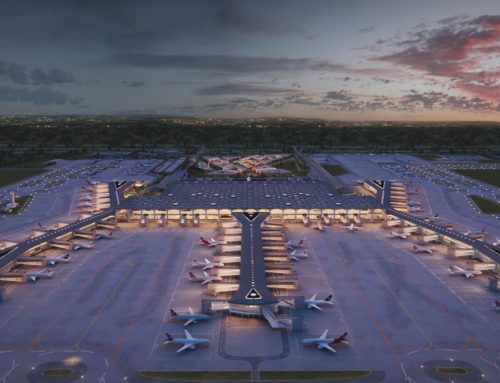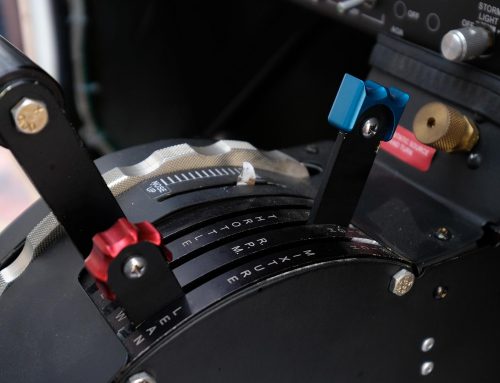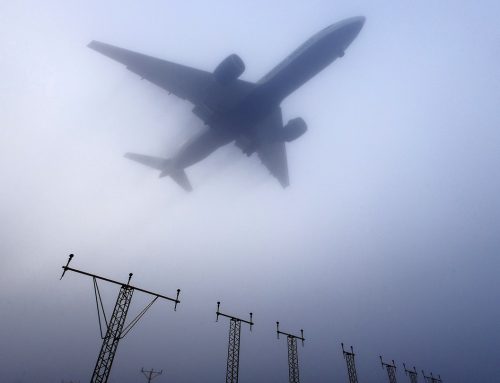While you might think private jet owners want to stand out from the crowd, you can’t fail to notice that most aircraft are white.
Matterhorn White to be precise. That’s the specific white paint colour used for most private jet charter aircraft these days.
They may have a coloured stripe or pattern here or there. But while it’s perfectly possible to paint an aircraft pink, green, pink, or gold all over, a white base colour is very much de rigeur for private aircraft – as it is for most airliners.

So why are aircraft white?
They may have a coloured stripe or pattern here or there. But while it’s perfectly possible to paint an aircraft pink, green, pink, or gold all over, a white base colour is very much de rigeur for private aircraft – as it is for most airliners.
When aircraft come off the manufacturer’s assembly line, they are usually green – this is their undercoat of zinc phosphate primer. That’s why you see green aircraft during the stages of their flight test program.
And while there’s no technical reason why they can’t stay that way, usually they are finished in white before being delivered to customers.
Here are some of the reasons why.
1) White has thermal advantage
White is a terrific reflector of sunlight, and reflects almost all the light that falls on it, unlike other colours, which absorb some of the rays.
This means the cabin stays cooler – which can be a particular advantage on the runway in hot climates. And while it’s not widely the case, some airframes require the use of white paint on upper surfaces, to maintain their airframe temperature limits.
2) It’s a blank canvas
There’s no better base colour to show off a company logo. An expanse of white fuselage makes a great blank canvas for the owners or manufacturer’s marketing efforts.
3) It doesn’t fade…
White paint ages better than most other colours. Being exposed to sunlight at high altitudes can take its toll on deeper colours, but white doesn’t fade.
4) …but it does show cracks & leaks
While fading isn’t a safety consideration, other deterioration such as cracking or oil leaks certainly is. And on a white surface these have nowhere to hide. That’s a big advantage to maintenance and safety.
5) It shows up in the sky
A white aircraft is more easily spotted at night and in the sky. That’s why military planes – which conversely don’t want to be spotted in the sky – are rarely white and usually come in camouflage colours of grey, green or blue.
6) It has traditional appeal
People have deep (and often subconscious) feelings about colour. And research has shown that most passengers feel more comfortable and secure flying in a traditional white aircraft.




Social Contact